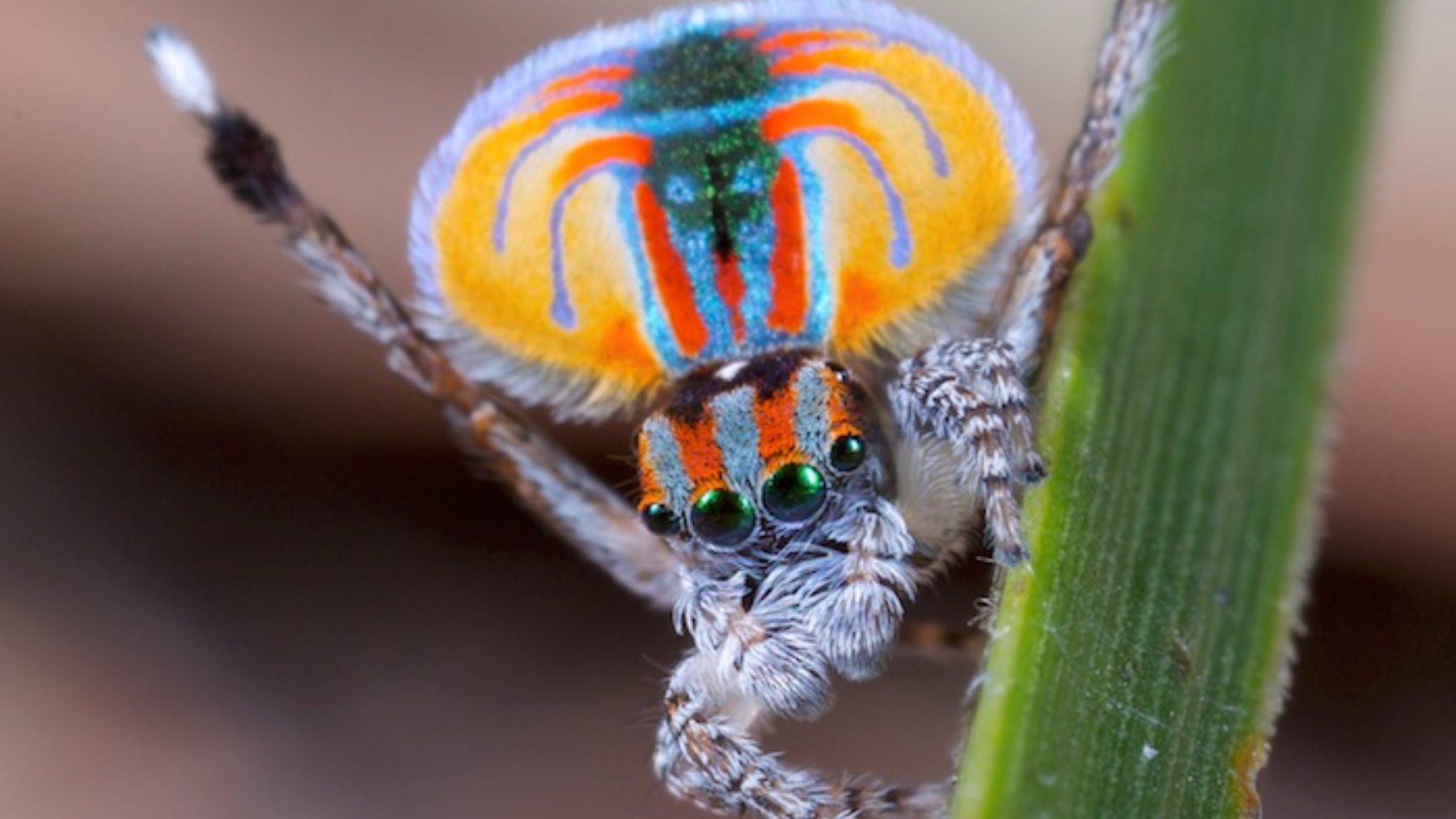Mother nature is quite mysterious and some of the creatures that surround us are fascinating for plenty of reasons, but one of the most surprising ones is their ability to camouflage as other animals or plants to camouflage in their environment. While in many cases this is just a passing resemblance that does not hold up from close up, there is one particular spider that has even managed to fool artificial intelligence with its pattern. It is called a jumping spider, and it has been known to resemble a bee.
A team of biologists at the University of Cincinnati decided to study this phenomenon when the pandemic restricted fieldwork. Since they still needed research to work on, they changed their approach to working with computer vision. Their question was simple: could a computer trained to tell spiders from insects get confused by a spider that looks like a wasp?
The jumping spider is a very curious insect
Surprisingly, the answer turned out to be a resounding “yes”. The spider they focused on is Maratus vespa, an Australian jumping spider discovered back in 2015 by researcher Jurgen Otto. This spider has a very unique trait, and that is that when the male courts a mate, he flashes the underside of his abdomen, which looks a lot like a wasp’s head. He also flares out side flaps, reshaping himself into something like a guitar pick and both of those things together can make it seem like it is a wasp, hence the name.
While up close the illusion does not hold up forever, many have been fooled by this insect, but, would artificial intelligence fall for the trick? To find out, the researchers trained a computer vision model with images from 62 species, including flies, mantises, wasps, and different kinds of spiders, and it usually did well in identifying the creatures presented, but when it came to Maratus vespa and its close relatives, it kept being confused.
According to the study, the artificial intelligence misclassified some species more than 20% of the time, often labeling them as wasps. Considering that this transformation was probably the result of an evolutionary effort to scare off predators, including other spiders, it is perhaps a good thing that this jumping spider can fool us all. The thing that researchers are still pondering about is the fact that they use this camouflage ability in their courting ritual.
Lead researcher Olivia Harris put it best “Why would a spider want to look like a wasp, which is a predator of spiders, especially as a primary element of its courtship display?” The answer was surprising, when a female notices what looks like a wasp, she pauses, and then the male breaks the illusion.
UC Associate Professor Nathan Morehouse, a study co-author, explains “Females will not be fooled forever. If they were, they would be robbed of the ability to make mate choices, which would put the species at a long-term disadvantage. It’s beneficial for the males to break the illusion. […] They use predator cues to manage attention and put the female on her back foot — or feet. There’s a lot of nuance to this interaction for the males to remain safe and for the courtship to have beneficial outcomes for both.”
What this means is that this spider is using what is called sensory exploitation, an evolutionary strategy where one animal hijacks another’s instincts for its own benefit. In this case, the male spider gets the female to look his way by pretending to be something dangerous, and when they get their attention, shift into a mating dance that will entice them further, at least giving the male a chance to mate with a partner.
